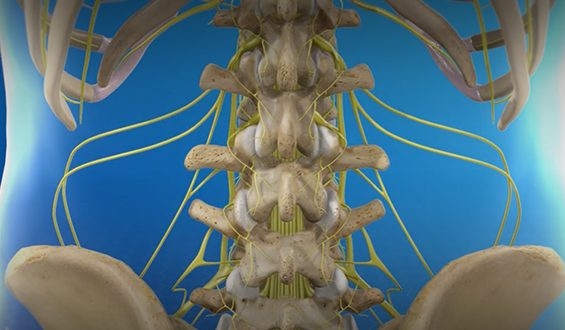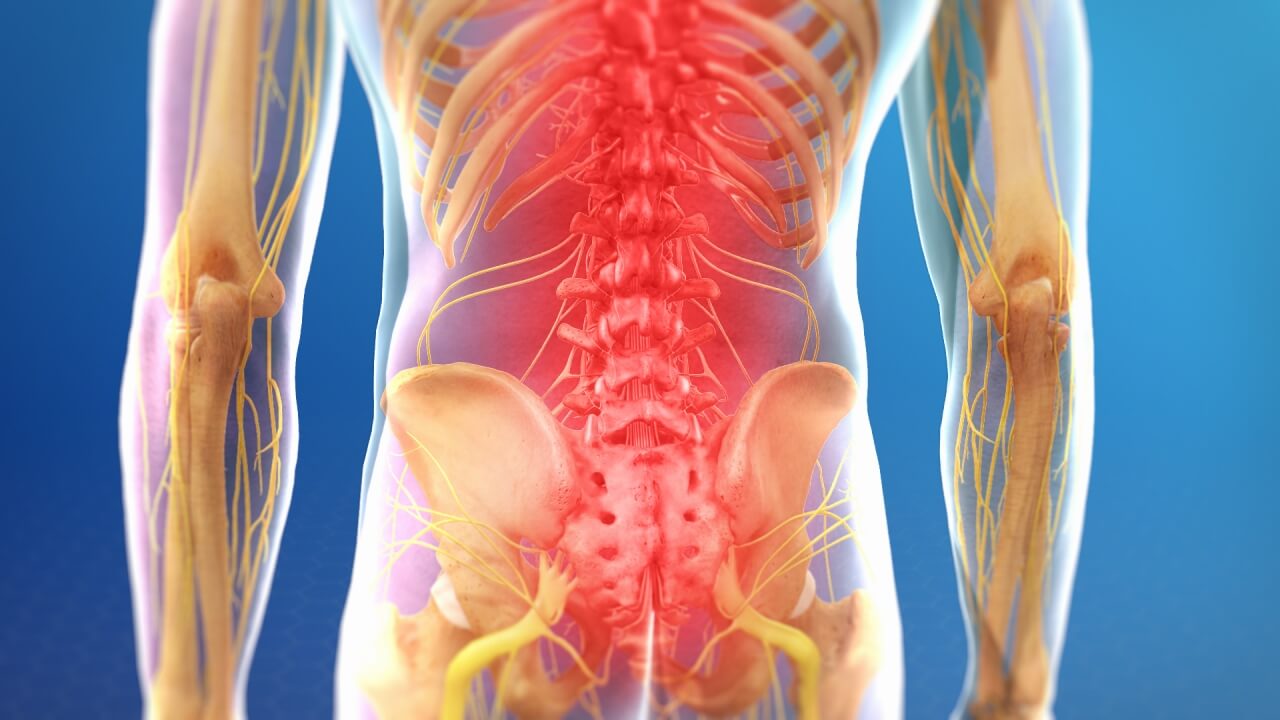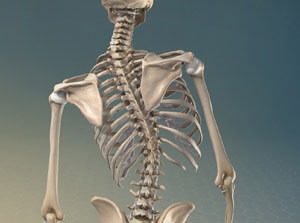Muscle, tendons, ligaments, vertebral body, and spinal discs
The Intracept procedure is an ultra-minimally invasive outpatient procedure developed to help patients with chronic low back pain due to vertebrogenic pain. This procedure targets the basivertebral nerve located within the vertebral body, which, once ablated, has been shown to provide long-term pain relief and improve physical function.
The procedure is performed through less than a ¼-inch incision preserving low back muscles. The procedure also has a very short recovery and fast return to work and physical activity. This procedure has more rapid recovery times than minimally invasive spine surgeries.
Muscle, tendons, ligaments, vertebral body, and spinal discs
Wear and tear to the intervertebral disc, spondylosis, arthritis, and inflammatory disease.
Nerve compression, inflammation, and injuries caused by one or more conditions, such as spinal stenosis, sciatica, and infections, to name a few.
Each surgeon has an algorithm they follow when seeking a diagnosis for chronic low back pain. Before moving to interventional surgical treatment, patients must be experiencing chronic low back pain for six months and have failed conservative care efforts for six months. To confirm that a patient has vertebrogenic pain, physicians use an MRI image to look for specific changes that occur with endplate degeneration and inflammation, called Modic Type 1 or 2 changes.



Through a less than ¼ inch incision, an Intercept Introducer Cannula is guided under fluoroscopic X-ray through the pedicle of the targeted vertebral body.
The Intercept Curved Cannula Assembly is inserted to create a pathway to the trunk of the basivertebral nerve.
The Intercept RF Probe is inserted into the channel at the trunk of the basivertebral nerve.
The Intracept® RF Generator delivers radiofrequency energy that ablates the basivertebral nerve.
Intracept is the only procedure that treats vertebrogenic low back pain. There are many advantages of the procedure over more invasive spine surgery.
Patients with chronic low back pain that have not responded to at least 6 months of conservative care and an MRI that shows changes at L3 through S1 should make an appointment with DISC spine surgeons to determine if this is the best procedure for your care. For more information or to schedule an appointment, contact us today.
Our spine health blog features up-to-date spine education and expert spine tips from our spine specialists here at DISC.
1635 East Myrtle Avenue Suite 100, Phoenix, AZ 85020, USA
18700 North 64th Drive Suite 105, Glendale, AZ 85308, USA
8630 East Vía de Ventura Suite 210, Scottsdale, AZ 85258, USA
3487 South Mercy Road, Gilbert, AZ 85297, USA
1635 East Myrtle Avenue Suite 400, Phoenix, AZ 85020, USA